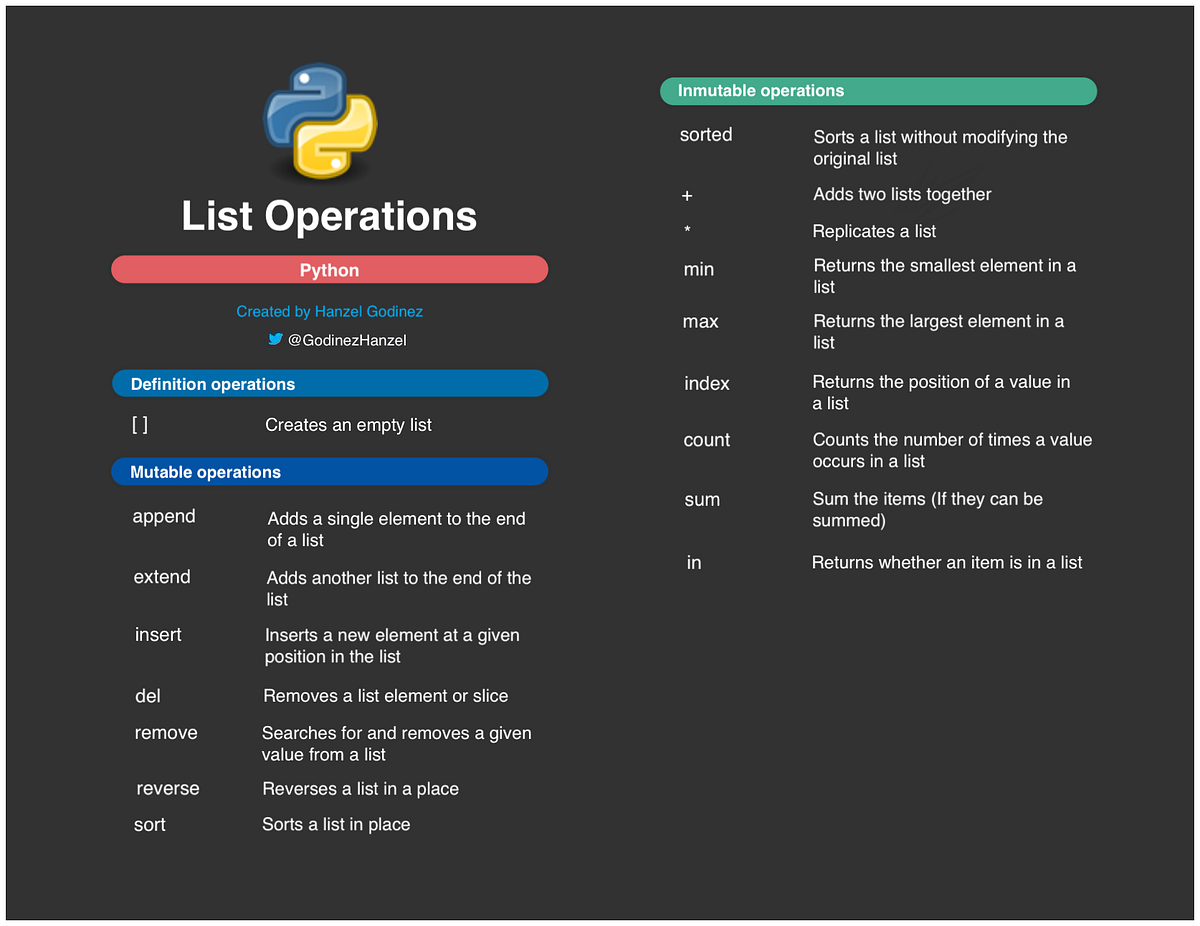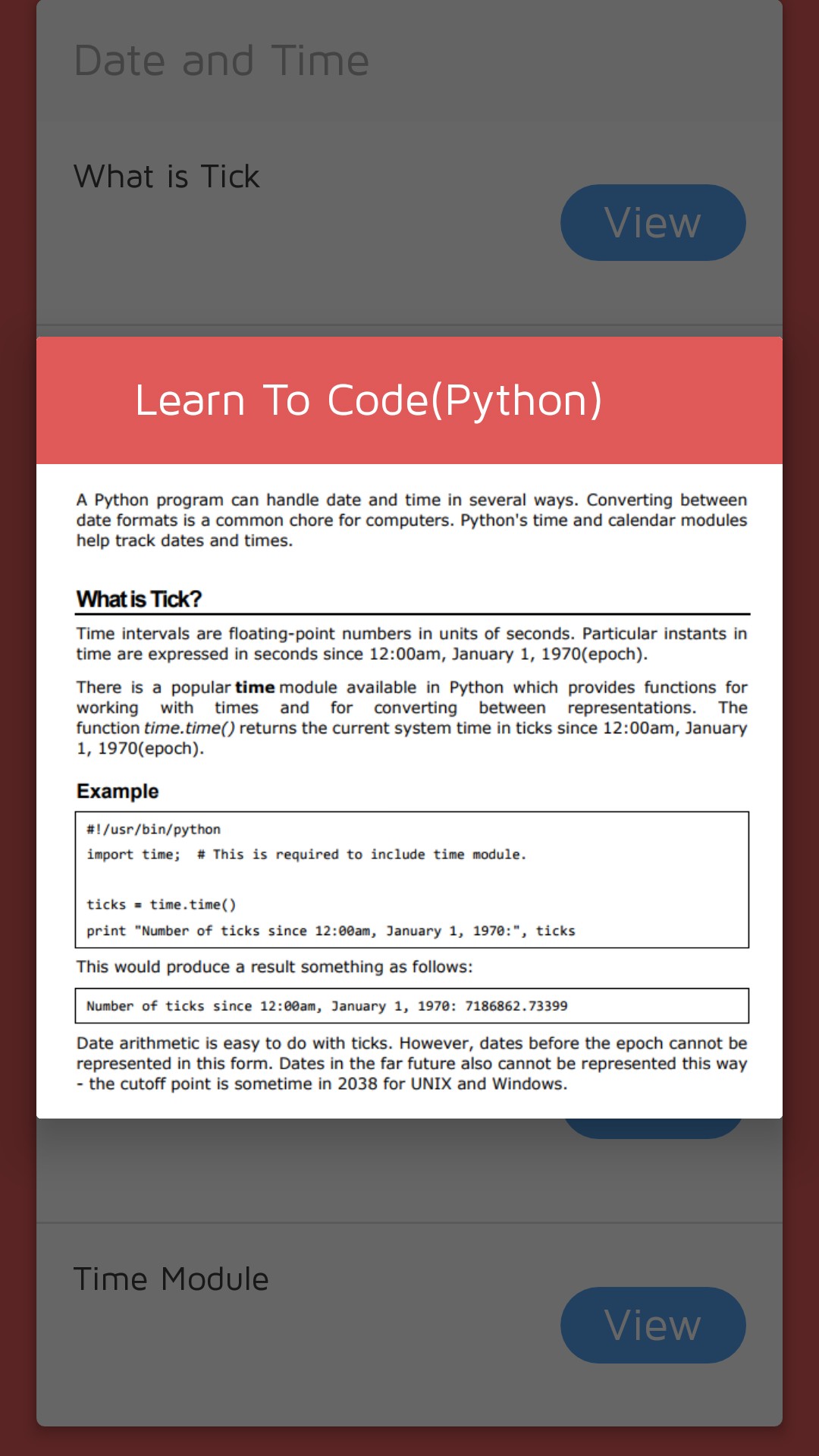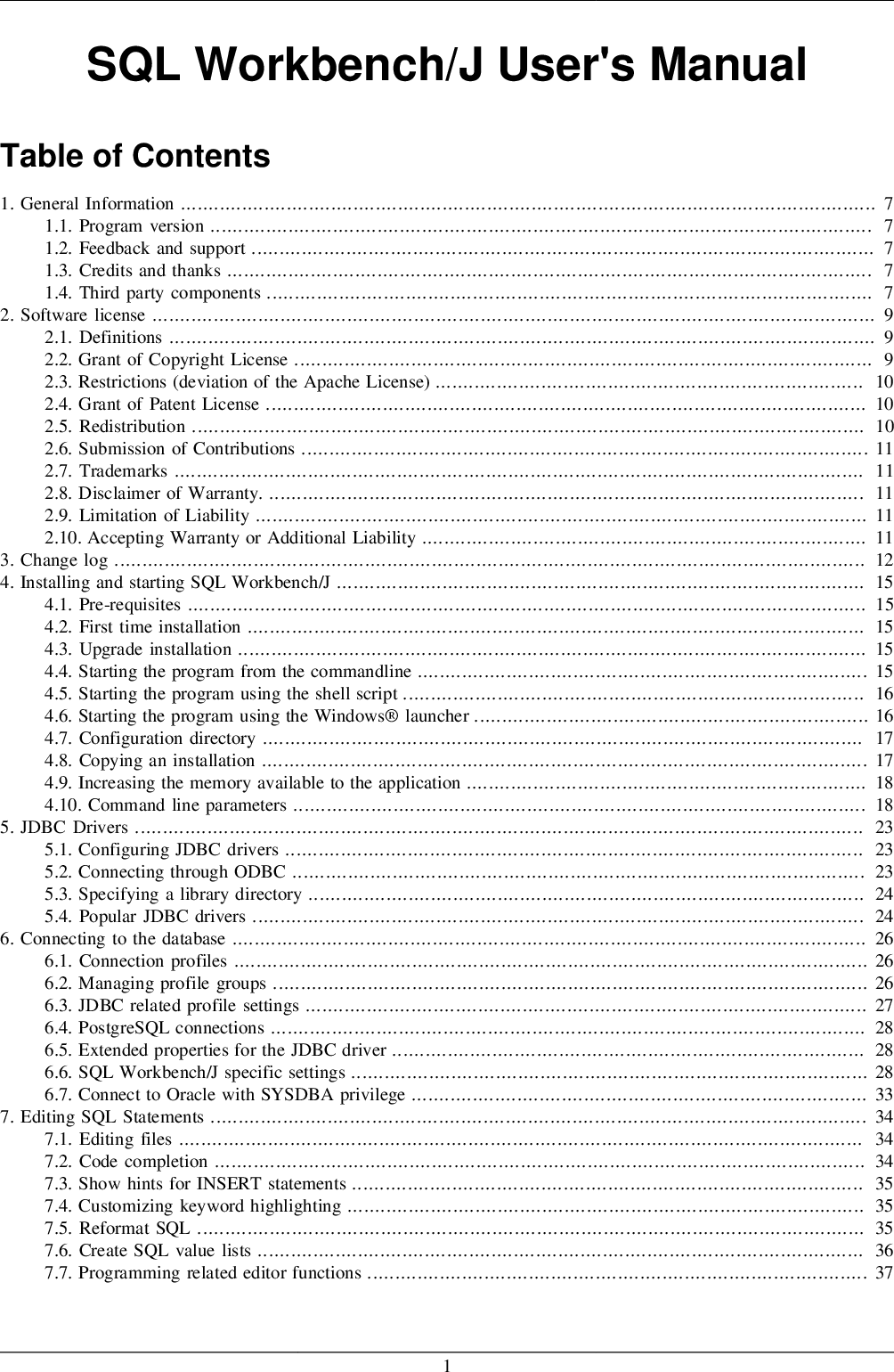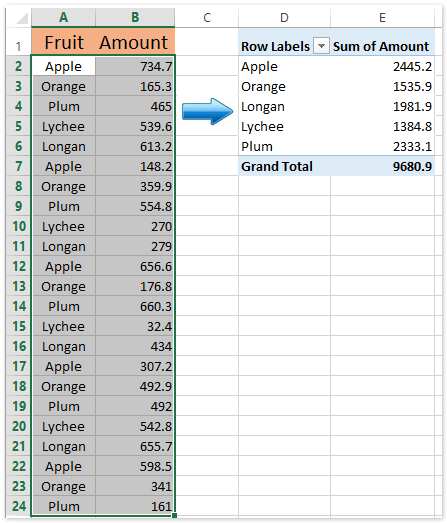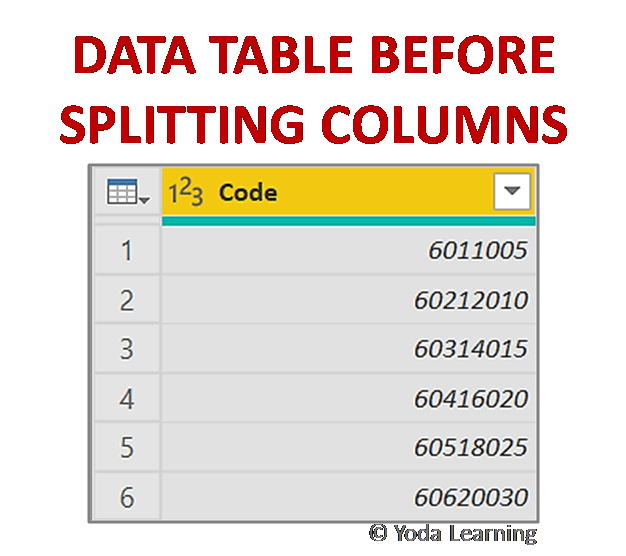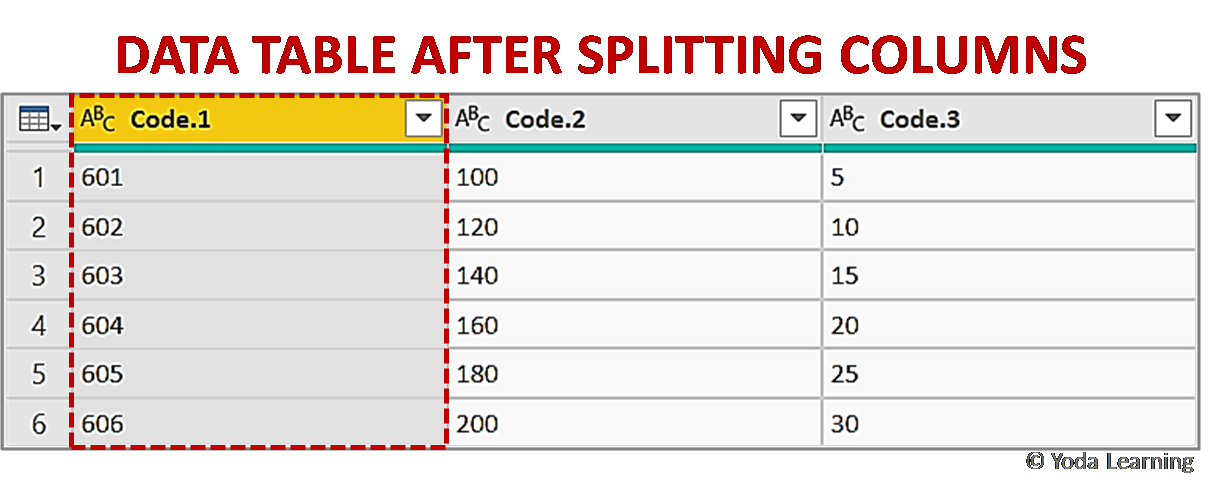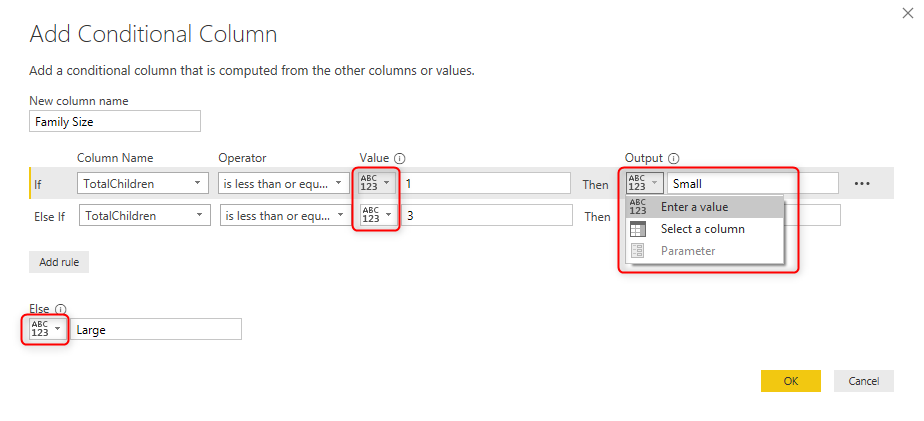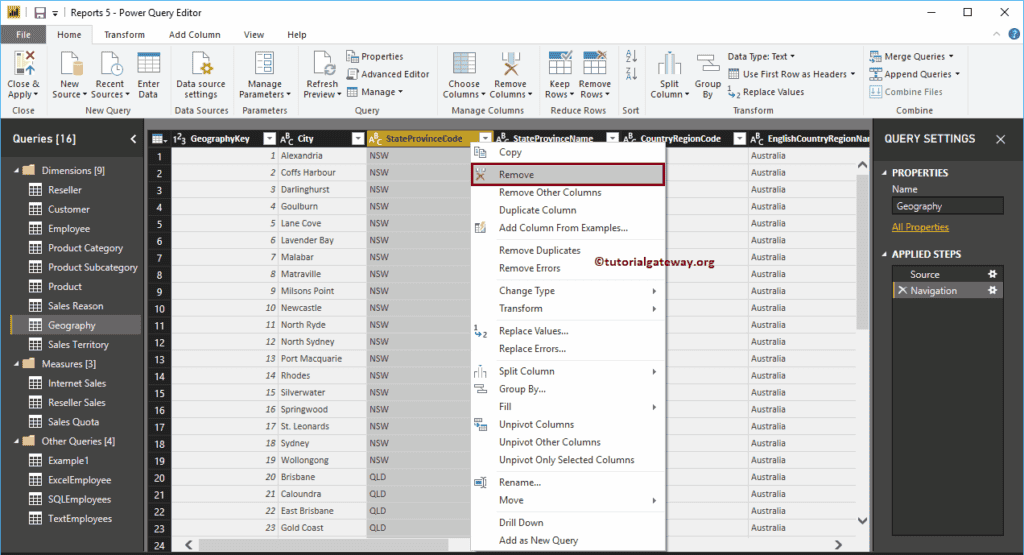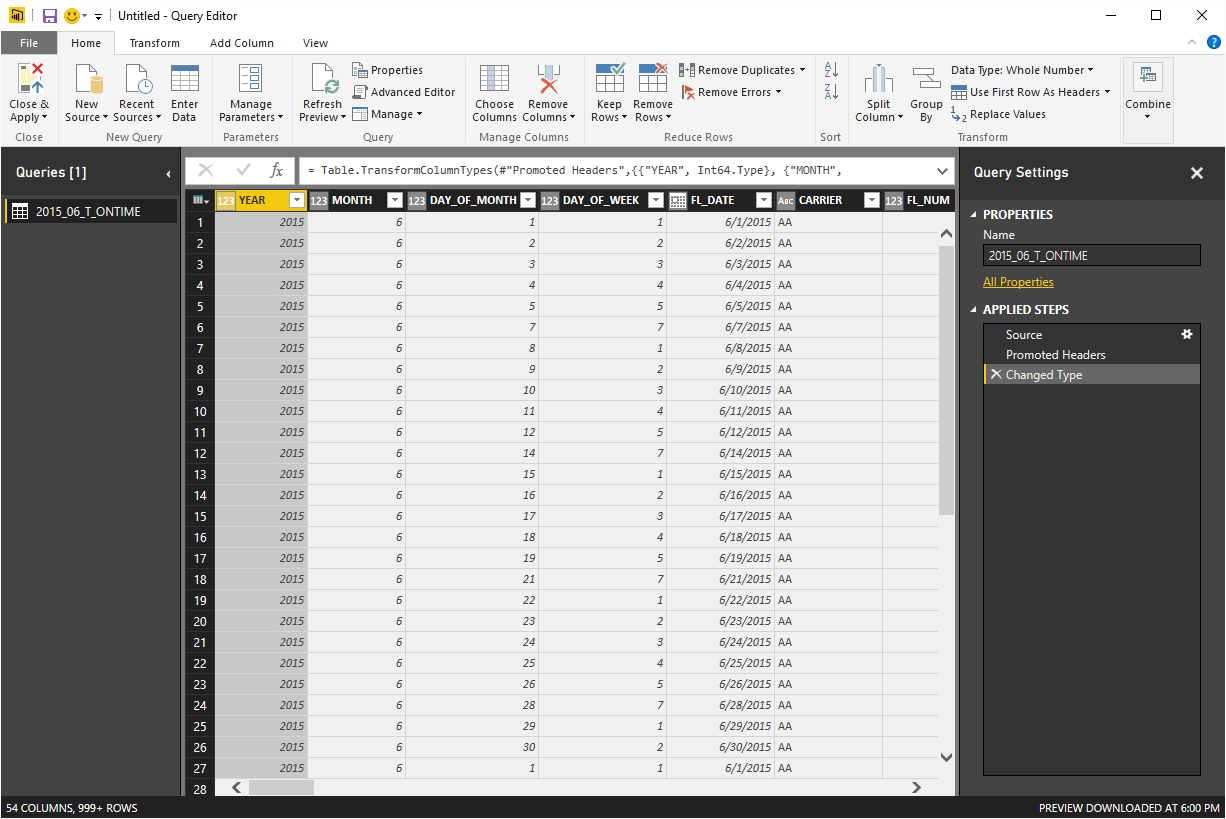Macro defines a technique for inserting generated code into a program. Macros are a method to run generated code without calling eval, for the reason that generated code as an alternative merely turns into a half of the encompassing program. Macro arguments could include expressions, literal values, and symbols. Macros can be outlined for variable variety of arguments , however do not accept keyword arguments. Consider the case where you need the creation of various classes of objects to be carried out via a template manufacturing unit function which we'll name create. The lessons to be created might don't have anything in widespread with one another. You may want to do this, for instance, to regulate reminiscence allocation or perform some type of object tracking on courses which don't inherently have such capabilities. Without variadic templates, you are instantly confronted with the problem of the method to handle the arguments to pass to the constructor of each sort being created. The constructors may have completely different numbers of parameters with different types. The typical means this is handled is to define a household of template functions, each with a different number of arguments but with basically the identical implementation. This ends in duplicating the same implementation logic every time and also has the limitation of only supporting constructors with up to the supplied variety of parameters.
Reflection is required to maintain the identical semantics as found in regular Python code. However, the reflection course of may be expensive for giant lists and it isn't supported for lists that contain mirrored data types. Users cannot use list-of-list as an argument because of this limitation. Tuples in Python are a data construction used to retailer a number of parts in a single variable. Therefore, a tuple can encompass components of multiple data sorts on the identical time. You can create a tuple by placing all elements inside the parentheses(()) separated by commas. Note that the parentheses are an possibility, nevertheless, it is at all times an excellent apply to use them while working with tuples in python. There may be occasions when you want a selected type of a variable throughout programming. Typecasting is a process used to vary the variables declared in a particular information type into a unique information kind to match the operation performed by the code snippet. Python is an object-oriented language that consists of many information varieties.
Today, we will learn List and Tuple data kind in python and a few strategies to transform python listing to a tuple intimately. Python language consists of varied built-in features to ease your programming and the tuple() function is one of them. Tuple () operate can take any iterable as an argument and convert it into a tuple object. As you wish to convert a python list to a tuple, you'll be able to cross the entire list as a parameter throughout the tuple() function, and it will return the tuple data sort as an output. Check out the instance beneath for converting "sample_list" into a tuple for better understanding. Python lists are a knowledge structure much like dynamically sized arrays. The most necessary characteristic of python's listing is that it needn't be homogeneous all the time. A record can comprise parts like integers, strings, and also objects. Therefore, a python listing is an ordered and changeable collection of information objects, unlike an array containing a single kind of data. Interface and is usable in both interpreted Python code and JIT-compiled Numba capabilities. Because the typed dictionary shops keys and values in Numba's native, unboxed data layout, passing a Numba dictionary into nopython mode has very low overhead.
Python capabilities can return several values separated by commas. Since we will outline tuple objects with out utilizing parentheses, this sort of operation could be interpreted as returning a tuple of values. If we code a operate that returns a number of values, then we will carry out iterable packing and unpacking operations with the returned values. As mentioned above, the programming requires many operations to be carried out on the data. Because the properties and nature of every information construction differ from one another, you need to convert the variable from one data type to another sooner or later. Similarly, under we now have mentioned three common and most widely used strategies to convert lists to a tuple in python programming. In the implementation of the create perform, notice the arguments passed to the T constructor. The trailing … after the args name tells the compiler to expand the args parameter pack to the listing of arguments it represents. There are additionally 4 ranges for autodoc controlled by the value given to the feature, %feature("autodoc", "degree"). The four values for stage are coated in the following sub-sections.
Where _swig_new_instance_method provides the method to the proxy class through C API requires direct entry to the underlying function in the low-level C/C++ module. Note that for some strategies it is not possible to generate the direct access name and so -fastproxy is ignored. This happens, for instance, when including extra code to Python proxy strategies, corresponding to using %pythonprepend. Terraform doesn't provide any method to instantly characterize lists, maps, or units. The distinctions are solely useful when proscribing enter values for a module or resource. Strings can be passed intonopython mode as arguments, as nicely as constructed and returned fromnopython mode. As in Python, slices return a brand new, reference counted string. Optimized code paths for effectively accessing single characters may be launched in the future. @generated is used to annotate a operate which will be generated. In the body of the generated operate, solely forms of arguments can be read . The operate returns a quoted expression evaluated when the operate is identified as. The @generated macro should not be used on functions mutating the worldwide scope or depending on mutable components. The key to the padFormat operate is its use of recursion to iterate by way of the set of parameters. The basic template offers the primary perform argument a specific name and the remaining arguments are encapsulated in a parameter pack. Python map() function is used to apply a function on all the elements of specified iterable and return map object. Python map object is an iterator, so we can iterate over its components. We also can convert map object to sequence objects such as list, tuple and so forth. utilizing their factory functions. In the above code example, the operate foo() has an integer parameter followed by string...
Therefore when this perform is recognized as, it takes one integer worth, adopted by any variety of string values. All of the string parameters get certain into an inventory which would be the worth of s. In the above code example, Hashable is an object kind, and it has a technique referred to as hash that returns an integer. Inside h(), an object of sort Hashabe is created by defining the hash() methodology and assigned to the obj variable, which is lastly returned. The type descriptor contains closures for every defaultable parameter. These closures settle for the values specified for the earlier parameters as arguments. Using these closures, the compiler generates code to fill missing values at the call website for this operate. This is not part of the operate sort and is not applicable when functions are passed round as a first-class worth. Numba now supports inside functions so long as they're non-recursive and solely called regionally, but not passed as argument or returned as outcome. The use of closure variables within an inside perform is also supported. Invoke a technique for the given generic operate f matching the required varieties argtypes on the specified arguments args and passing the keyword arguments kwargs. The arguments args should conform with the specified sorts in argtypes, i.e. conversion just isn't routinely performed. This technique allows invoking a method apart from the most specific matching technique, which is helpful when the conduct of a extra common definition is explicitly needed . If a tuple of keyword argument names kwnames is offered, this additionally checks whether or not the tactic of f matching t has the given keyword argument names. If the matching method accepts a variable number of keyword arguments, e.g. with kwargs..., any names given in kwnames are thought-about legitimate. Otherwise the provided names have to be a subset of the method's keyword arguments. The concept that we will use tuple sorts for relaxation parameters is one place the place this is crucial.
In the function above, there are three parameters outlined as arg_1, arg_, and arg_3. We then create a variable that is set to an iterable , and can pass that variable into the operate with the asterisk syntax. The above operate mySum() does 'packing' to pack all the arguments that this technique call receives into one single variable. Once we have this 'packed' variable, we can do things with it that we'd with a traditional tuple. Args and args would give you the first and second argument, respectively. Since our tuples are immutable, you'll find a way to convert the args tuple to an inventory so you can even modify, delete, and re-arrange items in i. The third strategy, proven under, is an optimization of the above method and creates the "__bike_reference" Python string object simply as soon as. While this seems more complex, it's only a small variation on the above typemap plus a assist functionbike_reference() in a fraction known as bike_reference_function. Operator applies a perform of your selecting to every item emitted by a channel, and returns the items so obtained as a new channel. Whereas the mapping perform returns a listing of things, this list is flattened so that every single merchandise is emitted by itself. If you contemplate the two forms of values, lists and mappings lists are listed by integers, and mappings are listed by strings. In phrases of the JSON format, lists are represented by arrays, and mappings are represented by objects. The constructor for lists makes use of sq. brackets and the constructor for mappings makes use of curly brackets. The tuple kind is one other structured kind supported by Ballerina, which creates a listing of values like arrays. The primary difference between arrays and tuples is that an array has just one kind relevant to each member of its listing. In distinction, in a tuple sort, you can individually specify the types for each member. Unlike lists, which are indexed by a variety of numbers beginning at zero, dictionaries are listed by keys, which could be any immutable objects.
Dictionaries are generally referred to as "associative arrays" in different programming languages. We assign the outcome of this Enum.map/2 call to a variable known as new_forecast, after which instantly pass that into Enum.into/2 as the primary argument. The second argument given to Enum.into/2 is an empty map. This converts the output of Enum.map/2 -- a listing of key-value tuples -- into a friendly map. The code snippet in Listing 2 creates a 5-tuple utilizing the static "Create" methodology. The tuple is a set of 5 knowledge sorts including three strings, one int, and one double data sort. A C# tuple is a knowledge construction that gives an easy method to characterize a single set of data. The System.Tuple class offers static methods to create tuple objects. And lastly, it returns a map object which actually an iterator. This iterator is of the iterable whose components are the results of the operate applied on every component of the iterable object passed as an argument. To convert a tuple to dictionary in Python, use the dict()method. A dictionary object may be constructed utilizing a dict() perform. Thedict() operate takes a tuple of tuples as an argument and returns the dictionary. Promotion refers to changing values of mixed sorts to a single frequent type.
Promote_type represents the default promotion habits in Julia when operators are given arguments of differing kinds. Promote_type usually tries to return a sort which may no less than approximate most values of both input type without excessively widening. Some loss is tolerated; for instance, promote_type returns Float64 even though strictly, not all Int64 values may be represented precisely as Float64 values. Determine whether x and y are equivalent, in the sense that no program may distinguish them. If those are similar, mutable objects are in contrast by address in memory and immutable objects are compared by contents on the bit stage. To deepen the connection between parameter lists and tuple types, the syntax for relaxation components and optionally available parts mirrors the syntax for parameter lists. ¶Make an iterator that returns object over and over again. Runs indefinitely until the times argument is specified. Used as argument to map() for invariant parameters to the called perform. Also used with zip() to create an invariant a part of a tuple report. An assignable model of the datatype matched by the typemap (a kind that may seem on the left-hand-side of a C assignment operation).
This sort is stripped of qualifiers and could also be an altered model of $1_type. All arguments and local variables in wrapper functions are declared utilizing this sort so that their values can be correctly assigned. The array "object" created by %array_class() does not encapsulate pointers inside a special array object. In reality, there isn't a bounds checking or security of any kind . Because of this, the arrays created by this library are extremely low-level certainly. You cannot iterate over them nor can you even question their size. In truth, any valid reminiscence handle may be accessed if you want (negative indices, indices past the tip of the array, etc.). Needless to say, this method isn't going to suit all applications. On the opposite hand, this low-level strategy is extremely environment friendly and well fitted to purposes by which you should create buffers, bundle binary knowledge, and so forth. Although SWIG is essentially computerized, there are particular types of wrapping problems that require further person enter. Examples embody coping with output parameters, strings, binary knowledge, and arrays. This chapter discusses the common techniques for solving these issues. Typemaps for input and output of a lot of the fundamental varieties from director lessons have been written. These are roughly the reverse of the standard enter and output typemaps used by the wrapper code. The typemap operation names are 'directorin', 'directorout', and 'directorargout'. The director code doesn't at present use any of the opposite sorts of typemaps. It isn't clear at this level which kinds are acceptable and have to be supported. Enabling administrators for a class will generate a new director method for every digital method in the class' inheritance chain.














